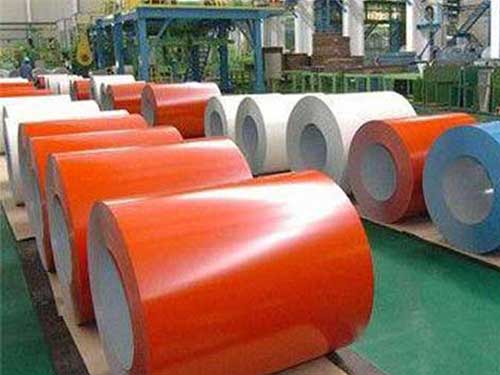5754 Aluminium Coil for Automobile
In the ever-evolving landscape of the automobile industry, manufacturers consistently seek advanced materials that strike an optimal balance between weight reduction, mechanical strength, durability, and cost-effectiveness. One such material gaining traction is the 5754 aluminum coil. This alloy, with its versatile properties and unique applications, emerges as a game-changer in lightweight vehicle construction, promoting efficiency, performance, and sustainability.
5754 Aluminium Alloy
Chemical Composition and Properties
The 5754 aluminum alloy belongs to the 5000 series, primarily constituting aluminum and magnesium. This particular alloy predominantly consists of Manganese (0.5-1%) and magnesium as its major alloying element (2.6-3.6%), rendering it characterized by excellent welding and corrosion resistance. Here’s a basic chemical property breakdown:
| Element | % by Weight |
|---|---|
| Aluminum (Al) | Balance |
| Magnesium (Mg) | 2.6-3.6 |
| Manganese (Mn) | 0.5-1.0 |
| Silicon (Si) | ≤0.4 |
| Iron (Fe) | ≤0.5 |
| Copper (Cu) | ≤0.3 |
| Zinc (Zn) | ≤0.2 |
| Titanium (Ti) | ≤0.2 |
The microstructure of the 5754 alloy, predominantly biphasic, comprises non-age-hardening Di-phase, rendering it both formable and weldable.
Distinct Feature Highlights
1. High Strength-to-Weight Ratio
5754 aluminum coils provide an strength-to-weight ratio—critical in automotive applications. This makes the alloy attractive for body panels, uneven suspension components, and safety return components, mitigating rust while easing regulatory cost targets through weight savings.
2. Excellent Corrosion Resistance
The natural formation of a protective oxide layer makes 5754 exceptionally adept in resisting corrosive environments. The automotive ecosystems endure exposure to water, road salt, and various fuels. Therefore, 5754 ensures longer service life, contributing to the longevity of vehicles.
3. Formability
The ductility of this alloy coupled with its localized strength allows engineers flexibility when designing components, enabling various forming processes like roll forming, extrusion, and deep-drawing without losing structural integrity.
4. Superior Fabrication and Welding Characteristics
5754 presents an alluring prospect for automakers envisioning extensive joining options for complex structures. The alloy’s homogenous bead structure enhances the quality and adaptability of various welding techniques including maintenance and assembly bolts.
5. Anti-absorption of Road Noise
In the audiophile-centric generation of drivers today, vehicles adhering to lower acoustic signatures execute ergonomic sensibilities. The use of 5754 in specific components dampens road noise transmission between compartments, providing enhanced safety and comfort.
Applications in the Automotive Sector
The applications for 5754 aluminum coils stretch far and wide. Generally confined to structural components initially, its effectiveness now spans the following applications:
Automobile Body Panels: Lightweight outer skins facilitate better energy efficiency, impacting fuel economy significantly.
Chassis Components: Given its high strength characteristics and corrosion resistance, 5754 is increasingly favored for reinforcing salvaged and repurposed structures within vehicles.
Public Transport: Marrying lower weights and great rigidity aligns aptly with the transportation framework for materials to ensure prolonged usage years.
Battery Compartments: The electric vehicle (EV) industry, requiring customizations for performance-tracking batteries, finds 5754 an efficient metallic choice. Due to its welding characteristics, housing methods accentuate safe and straightforward setups ideal for automotive power units.
Heavy-duty Seats: 5754 aluminum integrates innovation in ergonomic accomplishments via lightweight crafts, handily contributing to design effortlessly suitable, for collision response introduction.
Implementation Standards and Tempering Conditions
Aluminum alloys must often adhere to prescribed standards for content, finish consistency, flammability considerations, and weld quality. Usual significant standards applied with 5754 encompass:
- ASTM B221: Specification for aluminum and aluminum-alloy extruded shapes.
- ISO 6362: Standard pertaining to wrought aluminum and aluminum alloy products.
- Welding Quadrants (i.e., EN 1999) to determine and emphasize the ramps appropriate while yielding desirable service conditions. Various temper types applied to 5754 include O (annealed), H32 (Strain hardened and partially annealed), and H34 (Strain hardened).
Optimal tempering would maintain functionality and yield provisions for long-performance lifecycle enhancements, proving sustainable futures.
https://www.alusheets.com/a/5754-aluminium-coil-for-automobile.html


